Advertisement
Storm Revealed This Amazing Village Underneath The Ground In 1850
By David Clarke
Advertisement - Continue reading below
Major storms can leave a trail of wreckage in their wake, damaging both property and the environment. One need only think back to New Orleans, Haiti, or Japan for examples of major disasters that completely altered the surrounding area.

There was a lesser known storm that took place back in 1850, and by all accounts, it was very severe in nature. It happened in the Orkney Islands located in Scotland. Not only did it cause devastating amounts of damage to the beautiful green hills that Scotland is famous for, but it also revealed a buried secret from long ago.
Take a journey into the past by checking out this amazing discovery of something even older than the Pyramids in Egypt but much less well known.
The storm revealed an amazingly preserved prehistoric village underneath the foothills of the Bay o’ Skaill. These foothills are located in the West Mainland parish of Sandwick. This incredible discovery gives us a glimpse into a European community that lived long ago.
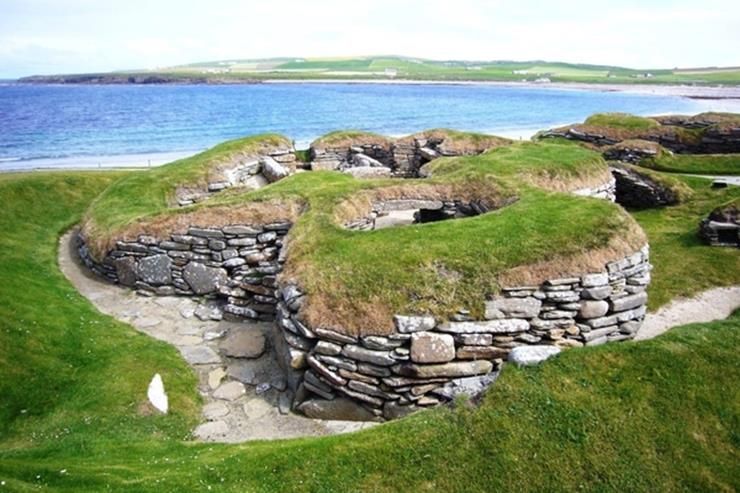
The village is called Skara Brae, and it’s not only older than the Pyramids in Egypt, but it’s even older than Stonehenge itself. It has such a rich history and is so well-preserved that some have even nicknamed it the “Scottish Pompeii.”
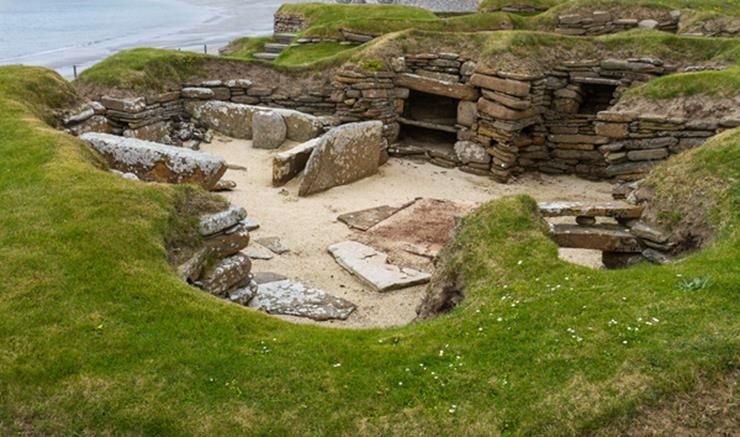
The storm that hit the Orkney Islands in 1850 killed 200 people, and the heavy winds and tides that came with it stripped away the grass from Skerrabra and revealed the village underneath. After the storm cleared, the locals were shocked to see a number of pillars as well as signs of agriculture where the grass had been stripped away.
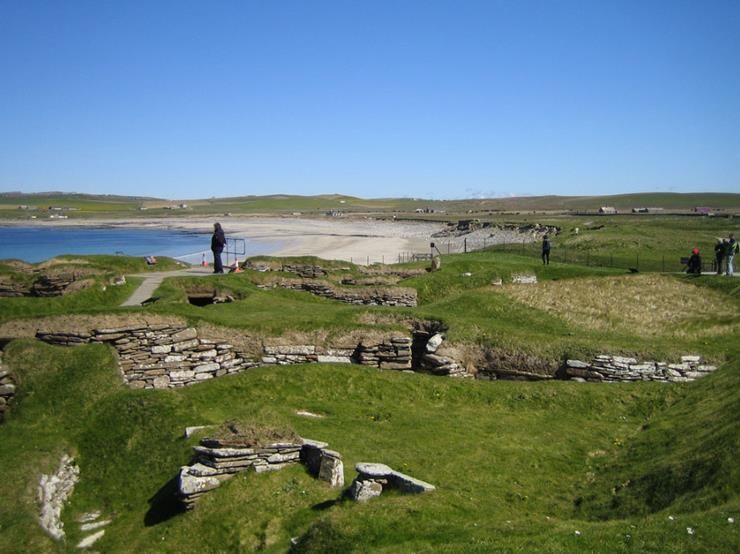
Excavation of the site began, led by William Watt of Skail, but it was abandoned in 1868 with much still to be discovered. It took another storm hitting the area in 1925 to draw archaeologists back to the area to excavate the rest of the village. A total of 8 houses were unearthed from the hills.
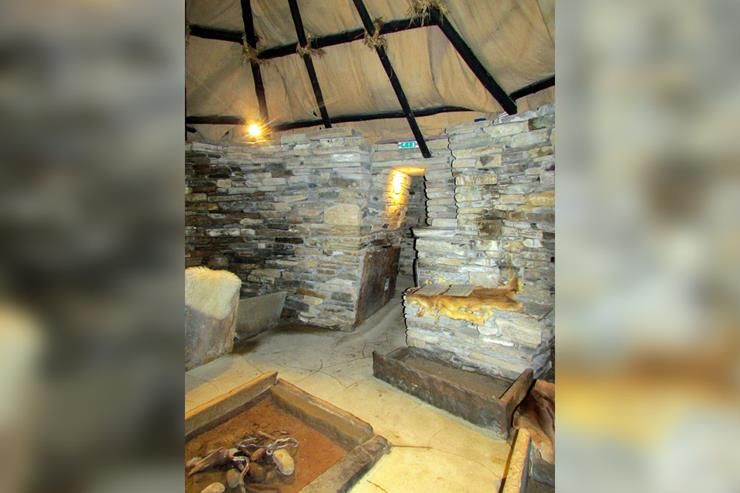
Historians believe that at one point in history there were roughly 50-100 people living in the village, and that they likely lived there for just over half a century. Strangely enough, each house was connected to each other by stone doors and tunnels.
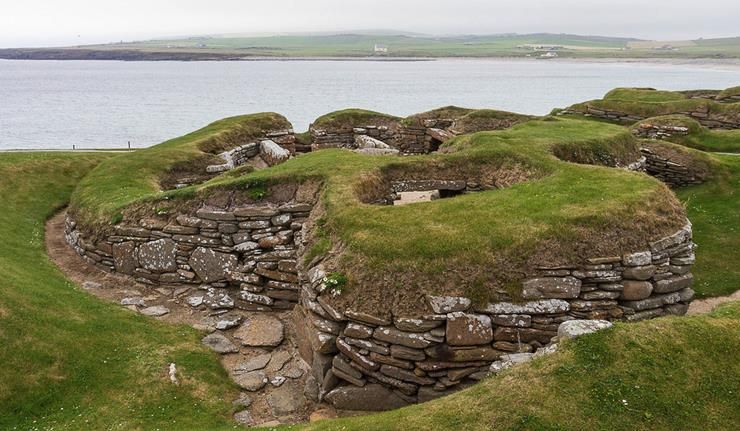
Further study of the village has led archaeologists to believe that it was a very tight-knit community with no clear leadership since each house is nearly identical in design. Even though many people have never heard of this village or it’s residents, it remains one of the most popular locations to visit in Europe.

Professionals are still unclear as to what some of the items discovered in the village actually are, with an example being these strange stone balls. No one really knows what the purpose of these items was.
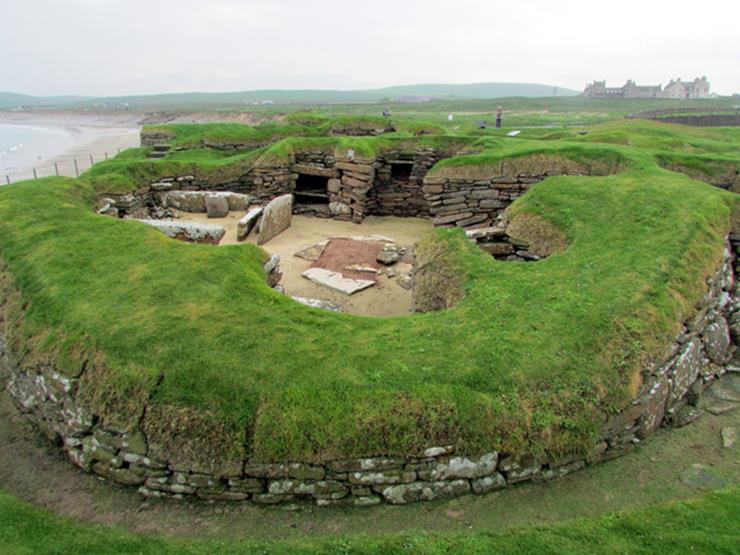
Theories abound about why the village was abandoned, but the most likely theory remains that the area probably became unfit for living. Either the villagers relocated to another location or possibly they were wiped out by one of the severe storms that seem to plague the islands.
Like the villagers, this island likely won’t be around for long as coastal erosion and storms continue to deteriorate the village. We’d recommend checking it out while you still can!
Advertisement - Continue reading below










